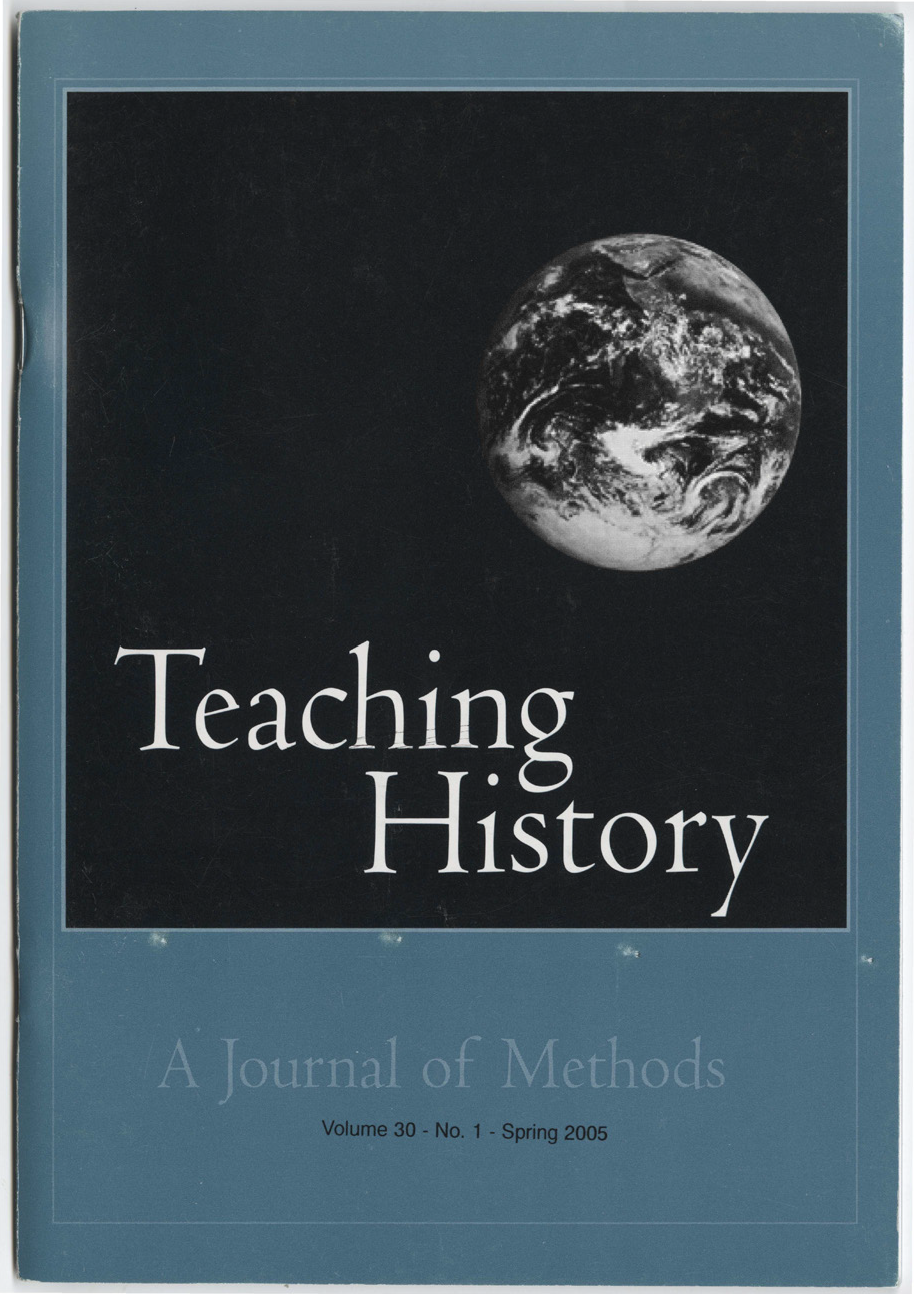Teaching History As The Reenactment Of Past Experience
DOI:
https://doi.org/10.33043/TH.30.1.15-31Abstract
If the aim of historical instruction is to enable the child to appreciate the values of social life, to see in imagination the forces which favor and allow men's effective co-operation with one another, to understand the sorts of character that help on and that hold back, the essential thing in its presentation is to make it moving, dynamic. History must be presented, not as an accumulation of results or effects, a mere statement of what happened, but as a forceful, acting thing. The motives-that is, the motors-must stand out. To study history is not to amass information, but to use information in constructing a vivid picture of how, and why men did thus and so; achieved their successes and came to their failures. 1
-John Dewey
Once again, historical education in our nation's public schools has come under fire . According to a recent survey released by the National Assessment of Educational Progress (NAEP), history appears to be a mystery to most high-school seniors. Fifty-seven percent did not answer enough questions correctly to reach the "basic" knowledge category stipulated in the survey.2 For history teachers, the stakes could not be higher.
Downloads
Downloads
Published
How to Cite
Issue
Section
License
Copyright (c) 2005 Anthony Pattiz

This work is licensed under a Creative Commons Attribution-NonCommercial-NoDerivatives 4.0 International License.
By submitting to Teaching History, the author(s) agree to the terms of the Author Agreement. All authors retain copyrights associated with their article or review contributions. Beginning in 2019, all authors agree to make such contributions available under a Creative Commons Attribution-NonCommercial-NoDerivatives 4.0 International license upon publication.



